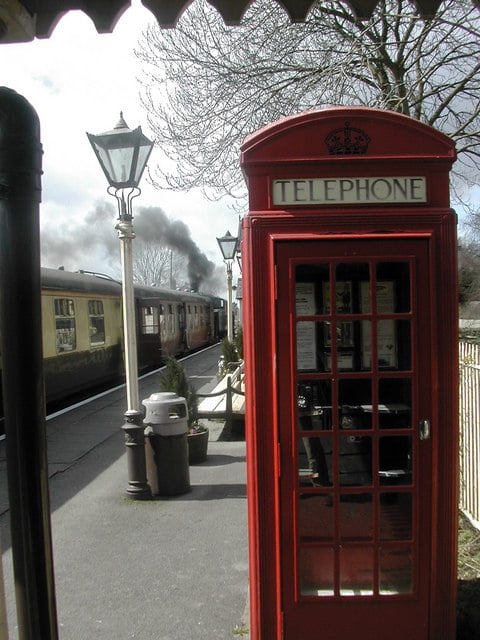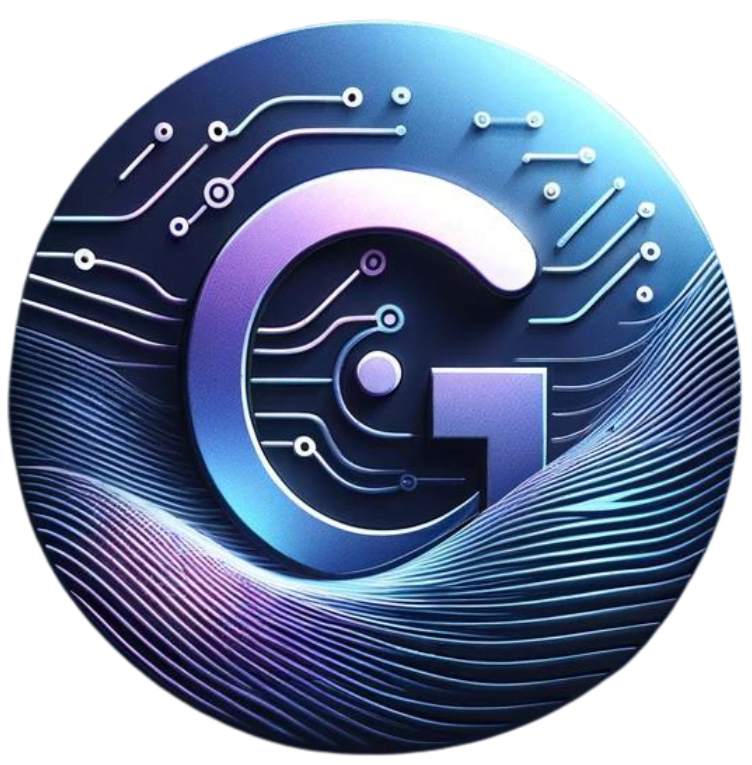Nostalgia Marketing: Appealing to Different Generations

Introduction to Nostalgia Marketing
Nostalgia marketing is a strategy that leverages the sentimental longing for the past to create emotional connections with consumers. By tapping into cherished memories and positive associations from previous decades, brands can evoke powerful emotional responses that foster brand loyalty and consumer engagement. This marketing approach is particularly effective because it resonates with universal human experiences and emotions, making audiences feel a sense of comfort and connection.
Psychologically, nostalgia operates by activating memories that are often tied to significant life events or periods. These recollections can bring about feelings of happiness, security, and warmth, which in turn can influence consumer behavior. When a brand successfully incorporates nostalgic elements into its marketing efforts, it can create a compelling narrative that not only captures attention but also builds a deeper emotional bond with its audience.
Several successful nostalgia marketing campaigns illustrate the potency of this strategy. For example, Coca-Cola’s “Share a Coke” campaign, which replaced its logo with popular names, rekindled personal connections and memories of sharing a Coke with friends and family. Similarly, Nintendo has capitalized on nostalgia by re-releasing classic gaming consoles like the NES Classic Edition, allowing consumers to relive their childhood gaming experiences. These campaigns demonstrate how invoking nostalgia can lead to increased engagement and, ultimately, drive sales.
In essence, nostalgia marketing taps into the collective memory of different generations, creating a bridge between the past and the present. It offers a unique way for brands to stand out in a crowded market by appealing to the emotions and experiences that shape consumers’ identities. By understanding and harnessing the power of nostalgia, brands can create meaningful and lasting connections with their audiences.

Tailoring Nostalgia to Different Generations
Nostalgia marketing strategies can be highly effective when tailored to the unique experiences and cultural touchstones of different generations. Baby Boomers, Generation X, Millennials, and Generation Z each have distinct memories and associations that can be leveraged to create compelling marketing campaigns. Understanding these differences is essential to successfully engaging each demographic.
For Baby Boomers, who were born between 1946 and 1964, nostalgic elements often include music from the 1960s and 1970s, classic TV shows like “Happy Days” and “Gilligan’s Island,” and toys such as Slinky and Barbie. These elements evoke a sense of simpler times and the optimism of post-war America. Brands targeting Baby Boomers can benefit from highlighting these touchstones in their campaigns, emphasizing themes of family, tradition, and enduring quality.
Generation X, born between 1965 and 1980, grew up during a period of significant technological advancement and cultural change. Nostalgia for this group might center around early video games like Pac-Man and Space Invaders, TV shows such as “The A-Team” and “Miami Vice,” and iconic fashion trends like neon colors and leg warmers. Marketing strategies that tap into the DIY ethos and rebellious spirit of the 1980s can resonate well with this demographic.
Millennials, born between 1981 and 1996, often have fond memories of the 1990s and early 2000s. Key nostalgic elements for this generation include TV shows like “Friends” and “The Fresh Prince of Bel-Air,” music from boy bands like NSYNC and the Backstreet Boys, and toys such as Tamagotchis and Beanie Babies. Campaigns that incorporate pop culture references from the late 90s and early 2000s, along with themes of social connectivity and technological nostalgia, are particularly effective with Millennials.
Generation Z, born from 1997 onward, is already experiencing nostalgia for the early 2000s. This generation grew up with the internet and social media, so early digital experiences, memes, and influencers from platforms like MySpace and early YouTube play a significant role in their nostalgic memories. Marketers can engage Gen Z by highlighting the early days of internet culture, retro tech aesthetics, and the evolution of social media trends and platforms.
In essence, the key to successful nostalgia marketing lies in understanding the unique cultural touchstones of each generation and crafting campaigns that evoke those specific memories and emotions. By doing so, brands can create powerful connections with their target audiences, driving engagement and loyalty.
Case Studies: Successful Nostalgia Marketing Campaigns
Nostalgia marketing has proven to be an effective strategy for numerous brands, tapping into the emotional connections consumers have with their past. Let’s explore three successful nostalgia marketing campaigns that have resonated with different generations and yielded impressive results.
Coca-Cola’s “Share a Coke”
Coca-Cola’s “Share a Coke” campaign, launched in 2011, is a prime example of leveraging nostalgia to foster a personal connection with consumers. By replacing the iconic Coca-Cola logo with popular names, the campaign evoked memories of sharing a Coke with friends and family. Initially targeting Millennials, the campaign’s personalized touch sparked a social media frenzy, leading to a 2% increase in U.S. sales after over a decade of decline. The campaign successfully harnessed the power of personalization and nostalgia, making consumers feel seen and valued.
Pokémon Go
The release of Pokémon Go in 2016 by Niantic Labs brilliantly tapped into the nostalgia of Millennials who grew up with the Pokémon franchise. By combining augmented reality with the beloved characters of their childhood, the game created an immersive experience that resonated deeply with this generation. The app quickly became a cultural phenomenon, garnering over 500 million downloads within the first year. Pokémon Go’s success highlights the potential of blending modern technology with nostalgic elements to engage and captivate a target audience.
LEGO’s “Rebuild the World”
In 2019, LEGO launched its “Rebuild the World” campaign, aimed at rekindling the joy and creativity associated with their iconic building blocks. Targeting both Generation X and Millennials, the campaign featured imaginative and whimsical scenes that transported viewers back to their childhood playtimes. The commercials and social media content emphasized the timelessness of LEGO, appealing to parents who now share the same joy with their children. This campaign not only boosted sales but also reinforced LEGO’s brand as a staple of creativity and fun across generations.
These case studies illustrate the potency of nostalgia marketing when executed thoughtfully. By understanding the emotional triggers of their target generations, brands can create campaigns that resonate deeply, fostering strong connections and driving significant engagement.
Implementing Nostalgia Marketing in Your Strategy
Incorporating nostalgia marketing into your overall strategy requires a nuanced approach to effectively resonate with your target audience. Start by conducting thorough market research to identify the specific nostalgic elements that evoke strong emotions within your demographic. Understanding the cultural touchstones, popular trends, and significant events that defined your audience’s formative years is crucial in crafting impactful nostalgic content.
Balancing nostalgia with modernity is key to ensuring relevance. While invoking memories from the past, it’s important to integrate contemporary elements that align with current trends and technological advancements. This approach not only appeals to the emotions of your audience but also demonstrates your brand’s ability to innovate and stay relevant in today’s market.
Creating nostalgic content involves storytelling that connects emotionally with your audience. Utilize visuals, sounds, and themes that are reminiscent of the past, but ensure they are presented in a fresh, innovative way. Collaborating with influencers or celebrities who were popular during the nostalgic era can also enhance the authenticity and appeal of your campaign.
Choosing the right channels for distribution is another critical component. Social media platforms, particularly those with a visual focus like Instagram and TikTok, are effective for sharing nostalgic content. Additionally, email marketing can be personalized to target specific segments of your audience with tailored nostalgic messages. Consider leveraging traditional media channels, such as television and radio, to reach older generations who may not be as active online.
Measuring the success of your nostalgia marketing efforts involves tracking key performance indicators (KPIs) such as engagement rates, conversion rates, and brand sentiment. Use analytics tools to monitor the impact of your campaigns and adjust your strategy accordingly based on the data collected.
For more marketing and tech tips, visit georgefeola.io.

